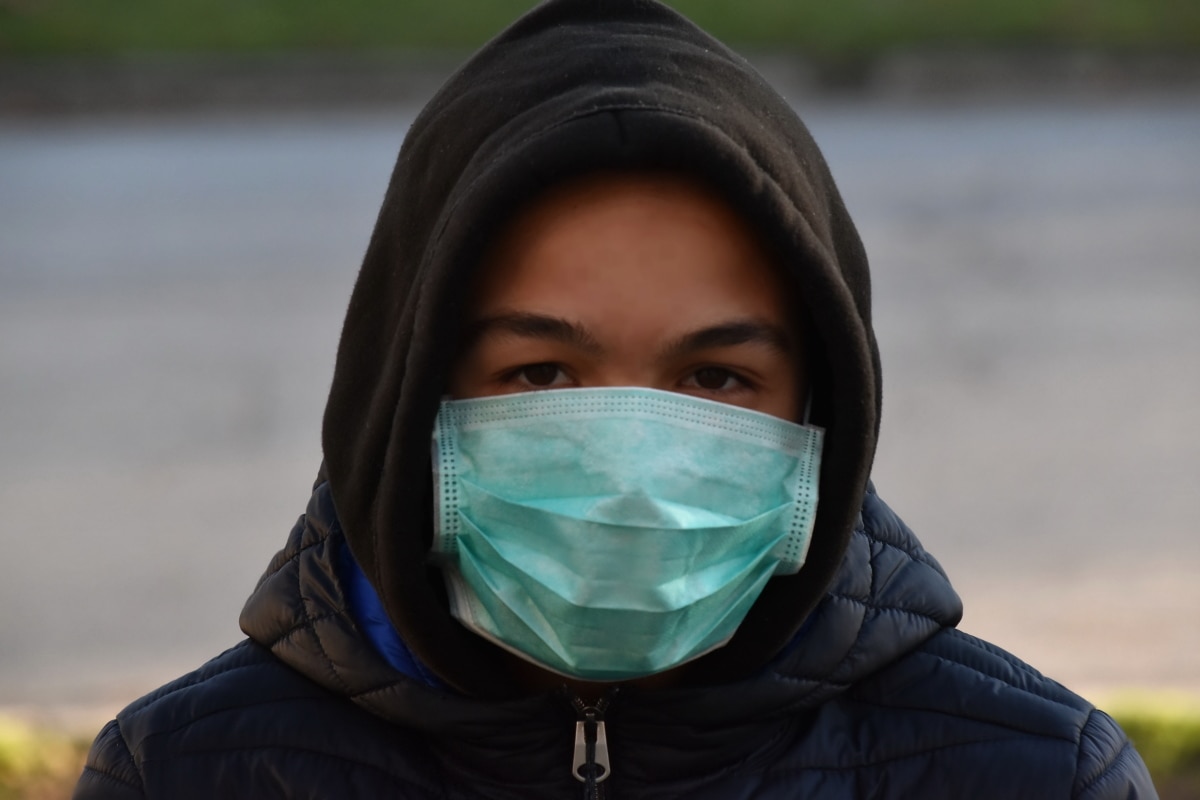Hanwang company has installed more than 2 million face recognition cameras around the world, and now has taught them how to identify even those who wear medical masks. The company brought the accuracy of recognition of completely open faces to 99.5%. In the case with masks, it achieved a result of 95%. Moreover, in reality, the result may be even higher, because in case of a failed attempt the technology will take more pictures of a person and try to establish his/her identity, Hanwang’s Technical Director explained to the FT.
Face recognition is used not only by authorities, but also by business centers and hospitals. Hanwang began working on recognition of faces with masks before the coronavirus became widely known in the world. Hubei hospitals asked the company to update the software so that it would recognize masked nurses. Since then, the number of requests has grown as police stations, railway stations and office buildings began to ask for the same, FT tells.
Before the coronavirus and masks, the company was faced with the problem of partially covered faces: for example, in the case of bearded men in Turkey and Pakistan, as well as with customers from the north of China who wear clothes covering their ears and face in winter.
Here’s how the algorithm works: the camera takes a photo of a person and converts it into a vector of numbers, which describes the location of facial features. When a person puts on a mask, the program has much fewer features that can be used as a basis for recognition. In addition, there may be several people with similar traits. When the vector is calculated, the program compares it with a set of numbers in the database and looks for a match with a certain degree of accuracy.
In the case of masks, the program has to assume what facial features can be hidden, and how a person would look without a mask. To improve the accuracy of these assumptions, Hanwang asked 2,000 of its employees to take masked photographs, and also created a database of 6 million images of people to which masks were added artificially.
source: ft.com
Face recognition is used not only by authorities, but also by business centers and hospitals. Hanwang began working on recognition of faces with masks before the coronavirus became widely known in the world. Hubei hospitals asked the company to update the software so that it would recognize masked nurses. Since then, the number of requests has grown as police stations, railway stations and office buildings began to ask for the same, FT tells.
Before the coronavirus and masks, the company was faced with the problem of partially covered faces: for example, in the case of bearded men in Turkey and Pakistan, as well as with customers from the north of China who wear clothes covering their ears and face in winter.
Here’s how the algorithm works: the camera takes a photo of a person and converts it into a vector of numbers, which describes the location of facial features. When a person puts on a mask, the program has much fewer features that can be used as a basis for recognition. In addition, there may be several people with similar traits. When the vector is calculated, the program compares it with a set of numbers in the database and looks for a match with a certain degree of accuracy.
In the case of masks, the program has to assume what facial features can be hidden, and how a person would look without a mask. To improve the accuracy of these assumptions, Hanwang asked 2,000 of its employees to take masked photographs, and also created a database of 6 million images of people to which masks were added artificially.
source: ft.com





